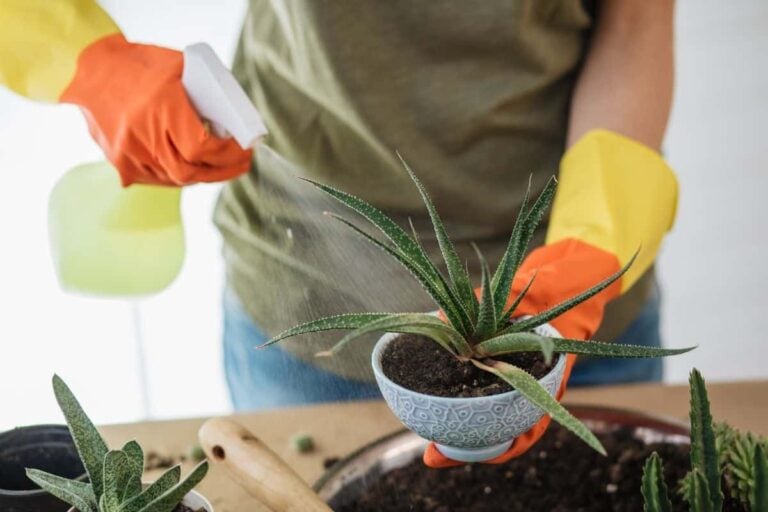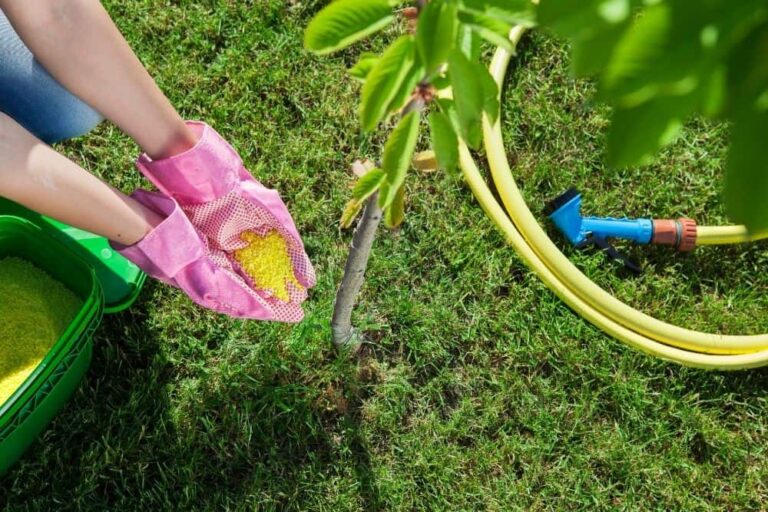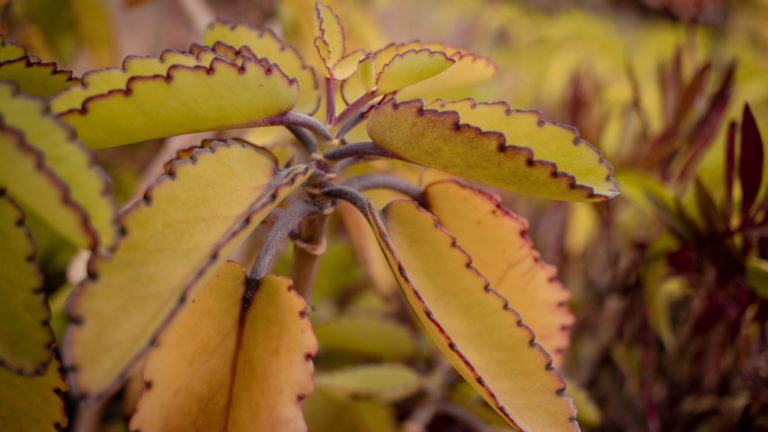Learn How Best to Grow the Wandering Jew Plant
The Wandering Jew plant is actually three varieties of Tradescantia, or spiderwort, plants. The varieties come in a range of colors and are native to Mexico, Central America and Brazil. The plant gets its name because of its spreading growth habit. After being planted in a container, planter, or in the ground, it will quickly wander to other areas. Although some varieties are only hardy in zones 10 and 11 and just one variety is hardy to zone 8, the plant is occasionally grown outside as a groundcover.
Varieties of Wandering Jew
When people talk about growing a Wandering Jew plant, they might actually be talking about growing one of three different varieties of plant. Each of the three types of Wandering Jew is a type of spiderwort plant.
Although each variety has the same basic care needs as the others, there are some features that set them apart.
- Tradescantia pallida. Also known as spider lily, Tradescantia pallida is native to Mexico and is hardy to zone 10. It’s usually grown as a houseplant and potted, although it can be grown outdoors as an annual. The plant has dark purple leaves, a trailing habit, and produces light purple flowers.
- Tradescantia zebrina. Sometimes called the inch plant, Tradescantia zebrina has distinctive leaves. Each leaf has two silver stripes running up and down it. Like the spider lily, it has a trailing, creeping habit and can reach up to two feet in length. The plant is a native of Mexico and Central America and is hardy down to zone 8.
- Tradescantia fluminensis. The third Wandering Jew variety, also known as the small-leaf spiderwort, hails from Brazil. It has solid green leaves and invasive habit. The plant is hardy to zone 9 and will easily take over an area of the garden if grown outdoors.
Where Did the Name Come From?
Why are these three varieties of spiderwort called Wandering Jew plants? According to Ask the Rabbi, the name of the plant might simply be due to the fact that is likes to spread and will grow quickly.
Forward magazine discovered that there were actually two other plants, unrelated to Tradescantia, that had the name Wandering Jew, in the 1800s. Like the Tradescantia varieties, those two plants, ivy-leaved toadflax and creeping rockfoil, also had a tendency to spread and travel over the ground.
How to Care for the Wandering Jew Plant
In many parts of the US, varieties of Wandering Jew are grown indoors as houseplants in pots. Although the plant has a reputation for quick growth and for spreading with ease, ti does need a fair amount of attention and care to really thrive.
Light Needs
Varieties of Tradescantia tend to prefer bright light. The distinctive markings on some varieties will become less visible if the plant is grown in a room that is too dark, according to Garden Know How.
Putting the plant in a room with a lot of windows is ideal. But you want to be careful not to put the plant in the direct path of the light. The plant prefers light that is filtered, as direct sunlight can burn it.
Food and Water Needs
The plants can be a bit picky when it comes to water. You want to give them just enough, but not too much and not too little, water. Too much water, especially near the crown of the plant, will encourage rotting.
Too little water will hurt the plant, except in the winter, when you’ll want to ease up on watering. In the spring and summer, you can tell whether it’s time to water the plant or not by touching its soil. If the soil is dry to the touch, it needs more water.
Although you can water less in the winter, the drier indoor air can bother the plant. You might want to mist the plant’s leaves every so often in the winter time to keep it from becoming too dry.
Wandering Jew plants need fairly regular feedings. During the spring and summer, make sure you feed the plant once a month.
Propagating Wandering Jew
Whether you grow the purple variety, the solid green variety or the variegated variety, you can easily propagate Wandering Jew plants by pruning cuttings. In fact, the plant’s growth habit pretty much demands that you take cuttings from it every few years and start over again.
That’s because as the plant gets older, it starts to lose its leaves near the crown. The plant will continue to produce a long, trailing vine, but the vine will be bare near the crown.
To preserve the look of your plant, you’ll want to take a cutting a start a new one as soon as it begins to drop leaves. You can also take cuttings before that to create new plants to give to friends and family.
The video above from Josh’s Frogs walks you through the process of propagating the plant. The woman in the video is rooting the cuttings in soil, but it’s worth noting that you can also put the stem in a glass of water to get it to produce roots.
Should You Grow the Plant Outdoors?
You don’t have to grow Wandering Jew plants indoors. In fact, the plants are frequently grown outdoors as groundcover. If you are in zone 8 or 9 or higher, you should be able to grow the plants as perennials.
There’s just one thing to keep in mind before you start growing any variety of Tradescantia outdoors. That’s the fact that plants can be invasive. Its growth habit can mean that it quickly overtakes an area of your garden, then moves onto take over other parts of your yard or even your neighbor’s yard.
Whether the plant is considered invasive or not depends on where you live. Some areas might actually forbid gardeners to grow the plant outdoors because of the chance that it might push out native species. It’s a good idea to check with your local horticultural organization or with a local university extension to see if there are any restrictions on growing Wandering Jew plants in your area.




Gas leaf blowers reduce the time you use to clean the leaves. Apparently, using them is safe and secure that provides full-proof cleanliness.